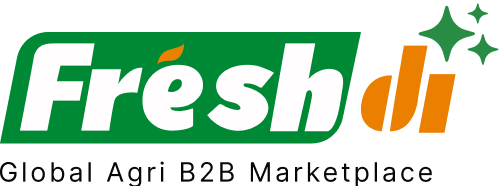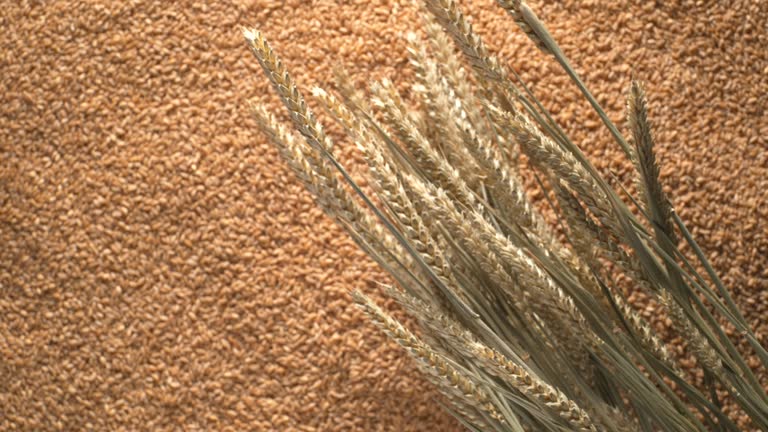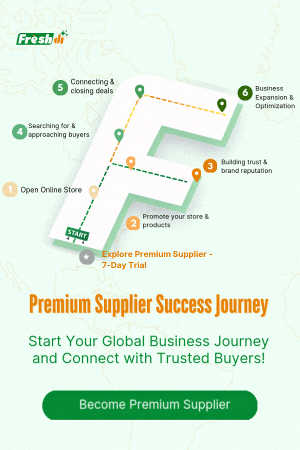Introduction – Current State of Play: The Wheat Sector in Vietnam
2025 has been a whirlwind year for Vietnam’s wheat market. From landmark trade deals to shifting global weather patterns, the wheat landscape in Vietnam is evolving at a pace that demands constant attention. If you’re sourcing wheat or planning to enter the Vietnamese market, now’s the time to be laser-focused.
One of the biggest shakeups came in June 2025, when Vietnam and the United States inked a $2 billion Memorandum of Understanding to strengthen agricultural trade. The deal has fueled a surge in U.S. wheat shipments bound for Vietnamese ports, shaking up traditional supply routes and introducing new players to the game. (ainvest.com)
But it’s not just trade agreements making waves. Feed demand is booming thanks to Vietnam’s rapidly growing livestock and aquaculture sectors. Wheat, a major component in animal feed, is being imported in record volumes. At the same time, global weather events — like droughts in wheat-producing regions — are adding volatility to prices and availability.
On top of it all, Vietnamese importers are wisely diversifying their supply sources beyond traditional partners like Australia, looking to countries like Brazil and Ukraine for more competitive pricing and stable delivery.
So, what does this mean for you as a buyer or business? You need to be agile, well-informed, and ready to pivot your sourcing strategy fast. Platforms like Freshdi are proving invaluable in this environment, offering real-time market insights, supplier verification, and direct access to trusted RFQs tailored to this evolving wheat market.
Let’s dig deeper into what’s really happening and who the top players are.
Deep Dive – What’s Making Headlines? Key Recent News & Impacts
1. Skyrocketing Feed Demand is Fueling Wheat Imports
Vietnam’s demand for animal feed is surging, and wheat is a core ingredient. The country’s livestock and aquaculture industries are expanding fast. The USDA estimated total feed demand at 26.83 million tonnes in 2023–24, with a forecasted bump to 27.85 million tonnes in 2024–25. That’s not a small leap — it’s a clear signal that feed-grade wheat demand is going nowhere but up. (world-grain.com)
2. Diversification of Wheat Supply Sources
In 2023–24, Vietnam imported 5.4 million tonnes of wheat — a massive 32% increase year-on-year. Australia still leads as a supplier with 32% of the market, but Ukraine and Brazil are catching up fast, now accounting for 20% and 21% respectively. This broadening of the supplier base is smart risk management and a sign of Vietnam’s maturing agri-import strategy.
3. Trade Agreements Open the Door for U.S. Wheat
That $2 billion MOU signed in June 2025 between Vietnam and the U.S. is more than just a headline — it’s a game-changer. It paves the way for a major influx of U.S. agricultural products, including premium wheat varieties. This could reshape Vietnam’s supply chain and create new opportunities for U.S.-Vietnam trade partners. (ainvest.com)
4. Investment in Agri-Tech and Processing Facilities
Vietnam’s government is rolling out the red carpet for foreign investors in agri-processing and high-value crop production. With tax incentives and streamlined land-use approvals, it’s a hotbed for innovation in wheat milling, packaging, and food-grade processing. (aseanbriefing.com)
5. Weather Volatility Adds Global Price Pressure
Droughts in the U.S. and temperature swings in the Black Sea region are roiling global wheat markets. These events are being closely watched in Vietnam, where price sensitivity is high. Importers are adjusting contracts and hedging bets to protect against price spikes. (uswheat.org)
Top 5 Verified Wheat Suppliers in Vietnam – Relevant in the Current Climate
Choosing the right supplier in today’s climate isn’t just about price — it’s about reliability, international experience, and adaptability. Here are five standout wheat suppliers in Vietnam that are making waves in 2025, vetted through the Freshdi platform for quality, customer satisfaction, and global presence.
1. Mekong
- Specializes in high-protein wheat flour ideal for both food-grade and industrial applications.
- Known for consistent quality and strong export logistics.
- Regularly updated product specs and certifications available via Freshdi.
2. VNFOUR CO., LTD
- Offers versatile all-purpose wheat flour.
- Strong domestic market presence with increasing international demand.
- Excellent customer feedback on delivery timelines and responsiveness.
3. 99 Gold Data Processing Trading Company Limited
- Focuses on wheat bran plates, catering to feed and processing sectors.
- Competitive pricing and flexible packaging options.
- Active participant in Freshdi’s dynamic RFQ system.
4. T&Z TRADING SERVICE PRODUCTION COMPANY LIMITED
- Offers wheat flour-based pasta and derivatives.
- Ideal for businesses in the food manufacturing sector.
- Certified for food safety and quality standards.
5. BAO HUNG INTERNATIONAL JOINT STOCK COMPANY
- Specializes in wheat-based snack and biscuit products.
- Strong export capabilities with multilingual support.
- Rated highly on Freshdi for product innovation and packaging.
Dynamic Ranking Note: Rankings and supplier highlights may change monthly on platforms like Freshdi, which features “Supplier of the Month” or “Top Exporter” based on RFQ activity, customer feedback, and fulfillment performance.
Market Navigation – Strategic Responses to Today’s Wheat Landscape in Vietnam
So what should businesses be doing right now?
First, reconsider your sourcing strategy. Given the volatility in global wheat prices and trade routes, diversifying your supplier base is a smart move — just like Vietnam is doing with imports from Brazil and Ukraine.
Second, if you rely on wheat for feed production, now’s the time to lock in contracts. With feed demand rising and weather impacting global supply, prices may climb further.
Third, consider importing not just raw wheat, but processed products like flour or bran from reliable Vietnamese suppliers who already have the export infrastructure in place. It can save time and reduce risk.
Lastly, use digital B2B platforms like Freshdi to stay ahead of trends. Freshdi offers real-time RFQ updates, supplier verification, and market analytics that are especially valuable in this shifting environment.
Conclusion – Key Takeaways for Businesses in a Dynamic Market
2025 is proving to be a pivotal year for Vietnam’s wheat sector. With booming feed demand, new trade agreements, and a more diverse supplier base, the market is full of opportunity — but also uncertainty.
Key Takeaways:
- U.S.-Vietnam trade agreements are bringing new suppliers into play.
- Feed demand is growing, especially in the livestock and aquaculture sectors.
- Import diversification is reducing dependency on traditional sources.
- Weather volatility is impacting global wheat prices and availability.
- Digital platforms like Freshdi are essential for agile sourcing and market insights.
✅ Buyer’s Checklist for Sourcing Wheat in Vietnam (2025)
- [ ] Monitor trade and weather news weekly.
- [ ] Diversify your supplier base to reduce risk.
- [ ] Use platforms like Freshdi for verified supplier connections.
- [ ] Lock in contracts early when prices are favorable.
- [ ] Consider processed wheat products for better margins.
Future Outlook
Looking ahead, Vietnam’s wheat import strategies and supplier ecosystems will likely continue to evolve. With increasing demand from both the food and feed sectors, and a government supportive of agri-investment, the wheat market is ripe with potential.
But staying ahead means staying informed. Platforms like Freshdi will remain critical tools — not just for finding suppliers, but for understanding the real-time pulse of the market.
FAQs
1. Why is wheat demand increasing in Vietnam in 2025?
Vietnam’s growing livestock and aquaculture sectors are driving up demand for animal feed, with wheat being a key ingredient. Additionally, food manufacturing is expanding, increasing demand for wheat-based products.
2. Which countries are the main wheat suppliers to Vietnam now?
Australia is still a top supplier, but imports from Brazil and Ukraine are rising rapidly as Vietnam diversifies its sources to reduce dependency and manage costs.
3. How can I find verified wheat suppliers in Vietnam?
Platforms like Freshdi offer verified supplier listings, real-time RFQ updates, and user reviews to help you make confident sourcing decisions.
4. Are there any risks in importing wheat in 2025?
Yes. Global weather events, shifting trade policies, and price volatility pose risks. Diversification and digital sourcing platforms can help mitigate these.
5. What types of wheat products are Vietnamese suppliers offering?
Vietnamese suppliers export everything from raw wheat and bran to processed flour and wheat-based snacks, catering to both feed and food-grade markets.
References
- ainvest.com
- world-grain.com
- english.vov.vn
- uswheat.org
- aseanbriefing.com
- en.vietnamplus.vn


